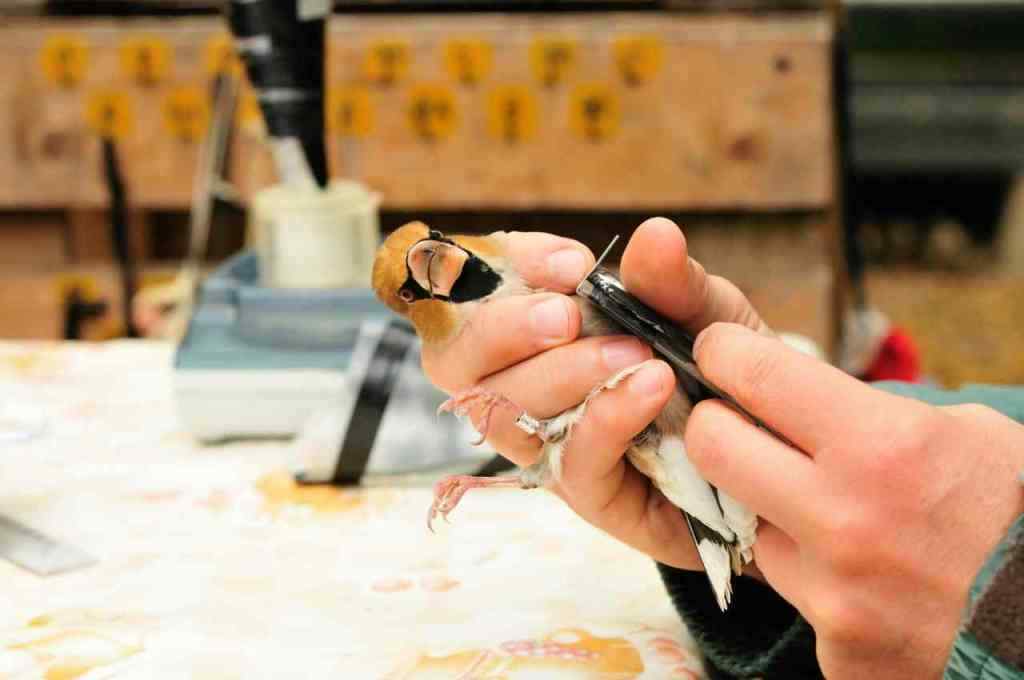A Powerful New Eye in the Sky: GOES-U Satellite Launches to Revolutionize Weather Forecasting
Hold onto your weather hats, folks, because things are about to get a whole lot clearer in the world of meteorology! On March fifth, two thousand and twenty-four, the National Oceanic and Atmospheric Administration (NOAA) launched its latest and greatest weather satellite, GOES-U, from the Kennedy Space Center. This ain’t just another launch, my friends; it’s a giant leap for weather forecasting capabilities.
The Importance of GOES Satellites
Now, you might be wondering, “What’s so special about these GOES satellites?” Well, lemme break it down for ya. GOES stands for Geostationary Operational Environmental Satellite. These are some seriously dedicated satellites, with two of them constantly keeping watch over the Western Hemisphere from a dizzying distance of twenty-two thousand miles above Earth. Talk about a bird’s-eye view, am I right?
GOES satellites are like the ultimate weather watchers, tracking everything from your run-of-the-mill storms to raging hurricanes, volcanic tantrums, and even those crazy wildfires. And if that wasn’t enough, they also keep tabs on space weather and solar activity. These satellites are the true multitaskers of the sky!
GOES-U: The Latest and Greatest
GOES-U is the final piece of the puzzle in a brand-spanking-new generation of satellites that first took flight back in two thousand and sixteen. We’re talking about a multi-billion dollar investment over three decades – that’s how seriously we’re taking weather forecasting these days! GOES-U is stepping up to the plate to replace the current GOES-East satellite, the MVP responsible for monitoring the eastern half of the U.S. and a crucial player in hurricane season forecasting.
Enhanced Capabilities of GOES-U
So, what makes GOES-U the Beyoncé of weather satellites? I’m talking next-level tech, folks. This satellite scans the Earth five times faster than its predecessors, delivering crystal-clear images with four times the resolution. Imagine watching a weather event unfold in almost real-time, with images captured every thirty seconds! That’s GOES-U for ya.
Improved Hurricane Tracking: Remember those nail-biting hurricane seasons? GOES-U’s got your back. This satellite can zoom in on weather events like a hawk, giving forecasters the intel they need to issue timely tornado warnings and flash flood alerts. It’s like having a weather superhero watching over us.
Advanced Lightning Mapping: Ever wonder how meteorologists figure out how strong a hurricane is? Lightning holds the key! GOES-U’s lightning mapper observes lightning formation within the hurricane’s eyewall, helping forecasters determine its intensity. It’s like a sneak peek into the heart of the storm.
Real-Time Solar Observation: Now, here’s where things get really cool. GOES-U is rocking the first-ever operational coronagraph in space. This bad boy captures near-real-time images of the sun’s corona, giving us crucial information about solar storms and how they might mess with our communication and power grids. Talk about keeping an eye on the sky!
Benefits for Weather Forecasting and Beyond
Okay, so we’ve established that GOES-U is a total game-changer, but what does that really mean for us earthlings? Well, for starters, get ready for some seriously accurate and timely weather forecasts. No more getting caught in the rain without an umbrella, my friends!
- Enhanced hurricane tracking and intensity prediction: We’re talking better preparedness for those big storms, potentially saving lives and property.
- Improved preparedness for severe weather events: Flash floods, tornadoes, you name it – GOES-U will give us a heads-up, allowing for early warnings and safer communities.
- Real-time monitoring of solar activity: Space weather can wreak havoc on our tech-dependent world, but GOES-U will help us stay one step ahead, protecting our communication and power grids.
- Collection of valuable long-term data: GOES-U isn’t just about the here and now; it’s also collecting precious data that will help scientists study climate change and make better predictions about our planet’s future.
Looking Ahead: The Future of GOES
While GOES-U is the star of the show right now, the story doesn’t end there. The current GOES-East satellite will be hanging around as a trusty backup, just in case. And the best part? The brilliant minds at NOAA are already hard at work on the next generation of GOES satellites, with the first launch slated for two thousand and thirty-two. We’re talking even more advanced technology and capabilities, pushing the boundaries of weather prediction and our understanding of this pale blue dot we call home.
So, buckle up, weather enthusiasts, because the future of weather forecasting is looking brighter than ever, thanks to GOES-U and the incredible team behind it. We’re on the cusp of a new era in meteorology, and it’s going to be awesome!
